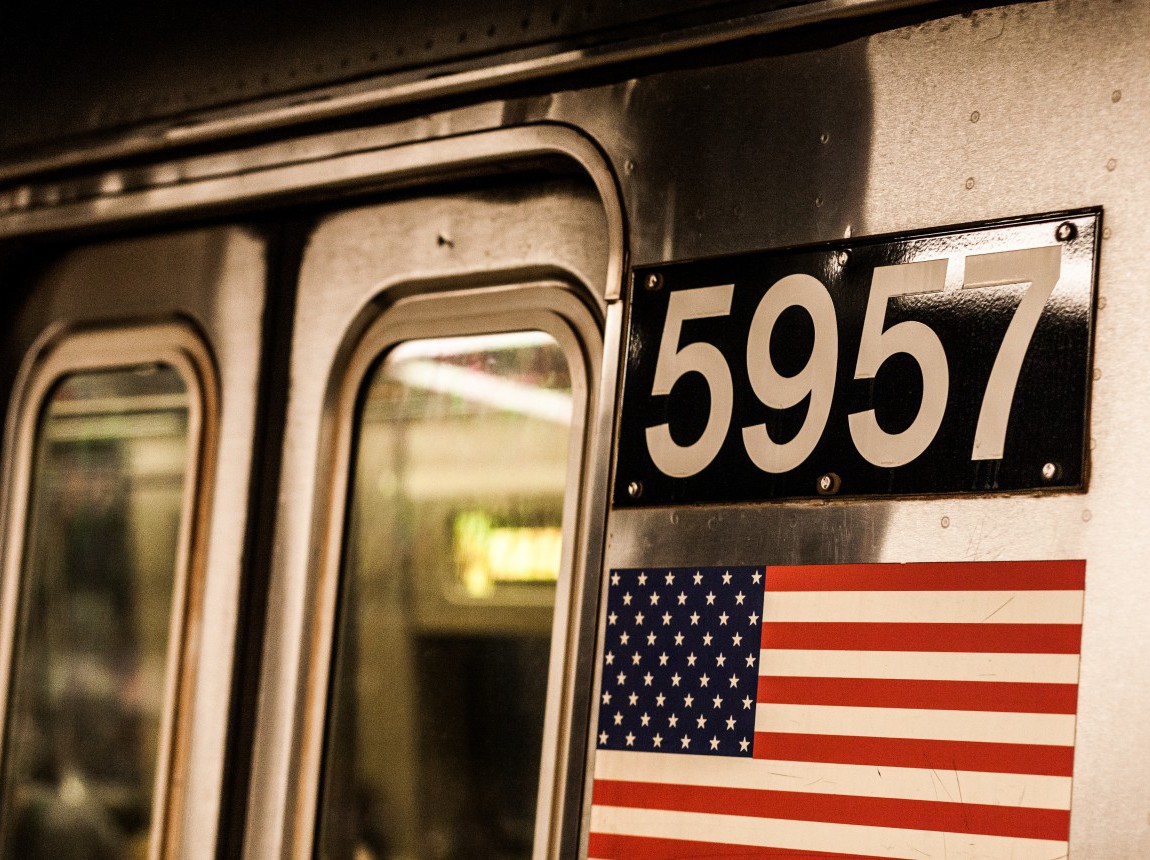Related

Oct 24,2016
Graduated Reintegration
Angela Hawken's Presentation at the Hamilton Project
more on:
public safety

Apr 24,2015
Marron Course Fall 2015
by
Brandon Fuller
Mark Kleiman (who is headed to NYU this summer), Angela Hawken, and Ross Halperin have an idea for reducing America's expensive and socially destructive reliance on mass incarceration: graduated re-entry. For select prisoners, authorities should substitute effective supervision on the outside—including the use of inexpensive and dependable IT—for physical confinement in a prison cell. Graduated re-entry would improve prison-to-community transitions and lower the social and fiscal costs of incarceration. Here's an excpert from their recent essay on Vox.com:
To get back to our historic level of incarceration, we would have to reduce the prisoner headcount by 80 percent. We can't get from where we are to where we need to be just by releasing the innocent and harmless. More than half of today's prisoners are serving time for violent offenses, and even those now in prison for nonviolent crimes often have violent histories. Solving mass incarceration requires releasing some seriously guilty and dangerous people. The problem is how to do that while also protecting public safety by turning ex-criminals into productive, free citizens.
For the transition from prison to life outside to be successful, it needs to be gradual. If someone needed to be locked up yesterday, he shouldn't be completely at liberty today. And he shouldn't be asked to go from utter dependency to total self-sufficiency in one flying leap. He needs both more control and more support. Neither alone is likely to do the job.
Of course, both control and support cost money. But so does prison. The trick is to start the re-entry process before what would otherwise have been the release date, so the money you spend in the community is balanced by the money you're not spending on a cell. The average cost of holding a prisoner comes to about $2,600 per month. At the same time, even very intrusive supervision leaves a released offender freer than he would have been on the inside. So even a program that looks expensive and intrusive compared with ordinary re-entry or parole is cheap and liberating compared with a cellblock.
Tile image courtesy of Brad K.
Please fill out the information below to receive our e-newsletter(s).
*Indicates required.